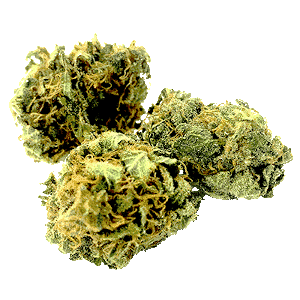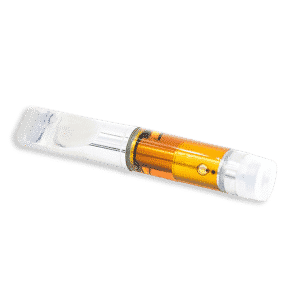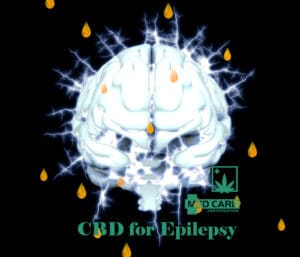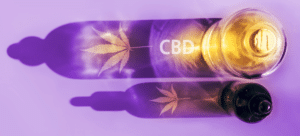Medical marijuana has been reported to be effective in reducing some of the symptoms of hydrocephalus, including chronic seizures, manic attacks/bipolar outbursts, chronic pain, frequent headaches, sleep apnea as well as and severe/debilitating nausea. Although surgery helps in easing the pressure created by the buildup of cerebrospinal fluid in the brain, it doesn’t tackle the long term effects of hydrocephalus.
Marijuana on the other hand is effective in alleviating many of these long term effects. For instance, suggestions from studies aimed at examining the effect of cannabinoids on the management of seizures in people with epilepsy have also suggested that cannabinoids found in the marijuana plant could be effective in treating seizures associated with hydrocephalus. According to a study that was conducted in 2006, the activation of CB1 receptors by cannabinoids has been proven to be beneficial in reducing or eliminating seizure activity.
Hydrocephalus is a chronic neurological condition which is caused by the abnormal buildup of fluid known as cerebrospinal fluid in the cavities or ventricles of the brain. This abnormal buildup is usually caused by an obstruction that prevents proper fluid drainage. The excess fluid often increases the size of the ventricle, thereby putting pressure on the brain. The cerebrospinal fluid normally flows through the ventricles and bathes the brain and spinal column, but the pressure of excess fluid associated with hydrocephalus can go a long way to damage brain tissues, thereby causing a range of impairments in the brain function.
Hydrocephalus is somewhat common as it affects an estimated 1 million Americans, ranging from infants and older children, to young, middle-aged adults, and seniors. This condition can affect anyone, even though it’s more common in infants as well as adults over 60 years. Hydrocephalus develops for different reasons. For instance, it can be acquired from certain brain diseases, whereas others develop it as part of the aging process.
Congenital hydrocephalus on the other hand is present at birth and its most commonly caused by certain conditions, including spinal bifida, brain malformation, as well as aqueductal stenosis. Some of the major symptoms of congenital hydrocephalus include breathing difficulties, muscle stiffness, delays in development, including sitting up and crawling, a tense and outward bulge on the top of the head, a large head, irritability, drowsiness, unwillingness to bend, seizures, vomiting as well as high pitched cries.
Acquired hydrocephalus on the other hand is most often characterized by difficulties walking, urinary incontinence, seizures, vomiting, lack of appetite, problems with eyesight, personality changes, confusion, drowsiness, headaches, irritability and rarely bowel incontinence. Hydrocephalus can also result in long term complications such as intellectual, developmental and physical disabilities. It should also be noted that hydrocephalus has no cure, but can be treated through surgery as well as other therapies, notably occupational and developmental therapies.
Both cannabinoids (CBD) and tetrahydrocannabinol (THC) have been proven to have an anti convulsing effect in patients. Even though there is very little clinical evidence on the effectiveness of medical marijuana in treating seizures, there is ample anecdotal evidence to back the claim. One of such studies focused on a young girl, Charlotte, who had a severe form of epilepsy, with about 300 seizures per week.
A strain of cannabis that contained low levels of THC, but high levels of CBD were placed under Charlotte’s tongue and for the next seven days, she was seizure free. The findings of this anecdotal trial was so positive that Charlotte became the youngest patient in Colorado to be approved to use medical marijuana. Charlotte’s experience also prompted growers of medical marijuana to develop a special strain that is now known as Charlotte’s web. By the year 2014, it was further reported that Charlotte experienced just about two or three seizures per month, from around 50 per day in the previous months.
Studies have also proven that cannabis is effective in decreasing nausea and vomiting, which are equally symptoms of hydrocephalus. A study that was conducted in 2015 revealed that cannabinoids, including THC can help regulate nausea and vomiting by activating cannabinoid receptor 1 (CB1) of the endocannabinoid system. It should be noted that activating the CB1 receptors has been proven to slow down vomiting.
Cannabinoid also eliminates pain which is associated with hydrocephalus. A 2008 review of studies indicated that CBD, one of the major compounds of medical cannabis was effective in the management of pain, without side effects. Moreover, according to a 2015 review of research on the use of CBD in treating many chronic conditions that cause pain, many of the trials had positive results.
However, there is a need for more scientific research on the effectiveness of medical marijuana in treating hydrocephalus, as well as the possible long term effects.
Sources:
Marijuana strains reported to help with Hydrocephalus:
- Charlotte’s Web
- White Lotus
- Blue Moon Rocks
- Girl Scout Cookies
- Sour Diesel
- Granddaddy Purple
- Lemon Haze
- Blue Dream
How To Get Medical Marijuana
If you are a resident of a legal state interested in trying medical marijuana to treat Hydrocephalus or other medical conditions, you will first need to consult with a certified doctor in order to get a medical marijuana card. To get started, simply fill out the MMJ patient registration form, press submit and a physician or clinic representative will contact you as available.













